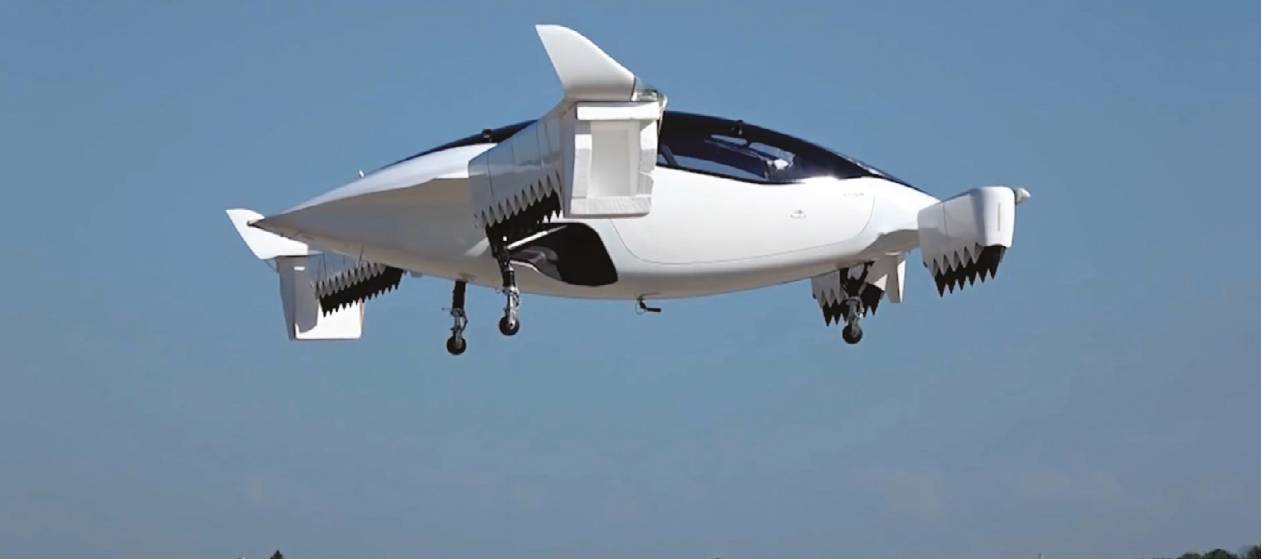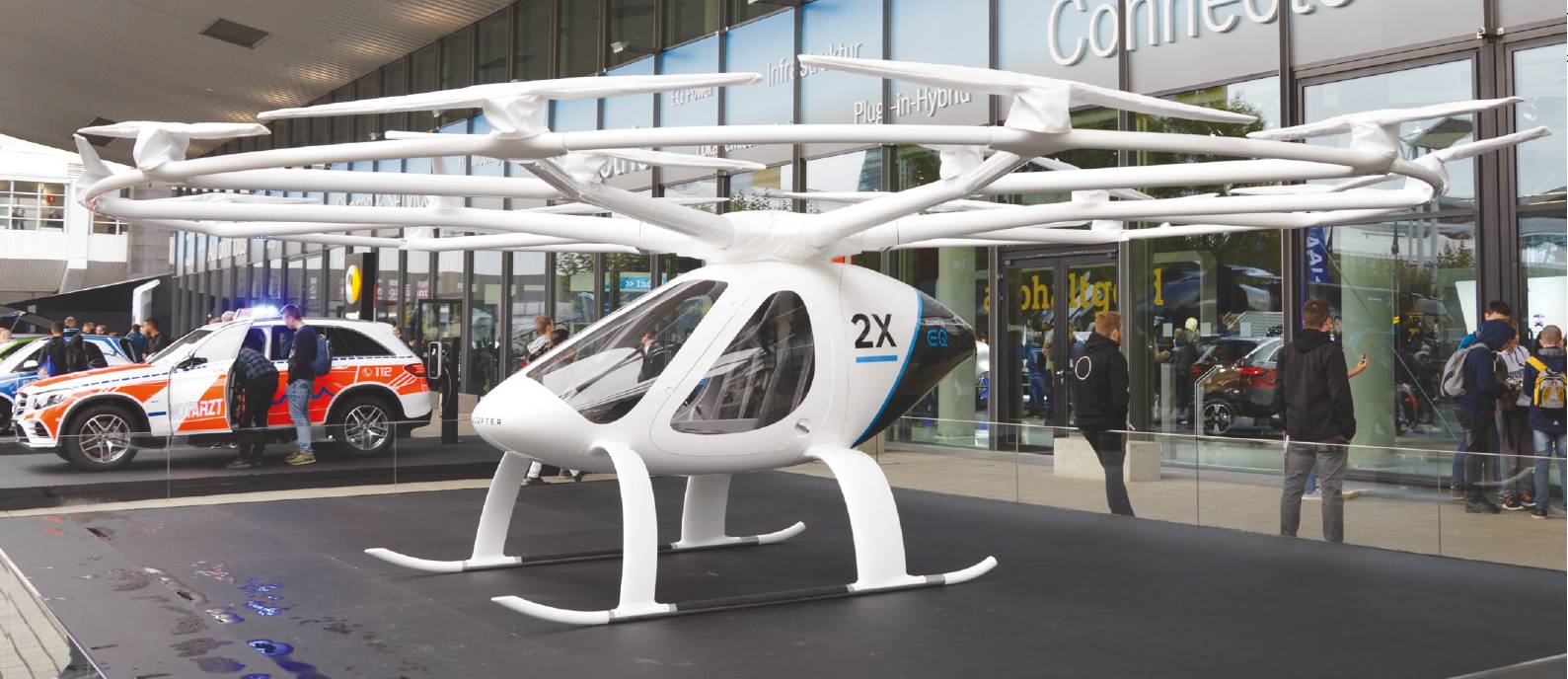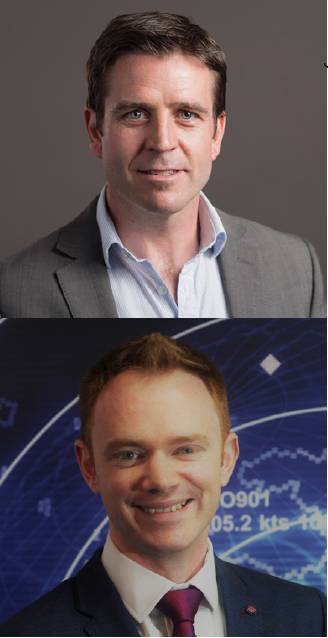AEROSPACE RAeS Urban Air Mobility conference report
Waiting for the eVTOL-taxi rank
Considering how close to launch urban air mobility systems claim to be, it may appear strange how little public discussion about it there has been. DAVID LEARMOUNT looked at what steps are being taken to rectify this.
 Vertical Aerospace’sVA-1X saw the company shift to a winged concept with tilting rotors.
Vertical Aerospace’sVA-1X saw the company shift to a winged concept with tilting rotors.
Developing the enabling technologies for a new age of urban air mobility (UAM) is proceeding apace in many countries worldwide, yet debate in the public sphere about the change this will bring to urban life is almost non-existent.
The Royal Aeronautical Society held an online UAM conference in October 2020 to review progress in this burgeoning new industry – which promises imminent entry into service for the earliest of many competing electrically-powered vertical take-off and landing (eVTOL) air vehicles.
Major cities worldwide have long exploited underground metros to improve intra-urban travel but now the airspace above them is seen as a solution to traffic congestion. James Sheppard, Head of Research and Technology at UK-based Vertical Aerospace told the UAM conference that eVTOL operations should complement public transport, not compete with it, indicating a vision of ‘vertiports’ co-located with rail, metro and bus stations.
Whatever work helicopters have been doing in urban airspace for decades can now be carried out better and far more extensively by an entirely new category of aircraft. That is the UAM vision. A multitude of start-up companies are pitching for their eVTOL machines to ply urban skies as air taxis and they are attracting serious investment with promises, by some, of entry into commercial service by 2023. But if UAM is to succeed where helicopters have simply stalled at today’s level, the aircraft must be quiet and cheap to buy and operate with smart systems for making safe use of the urban sky’s maximum capacity must be available and approved by the authorities.
 The Lilium all-electric air taxi prototype. Lilium
The Lilium all-electric air taxi prototype. Lilium
Speaking at the RAeS UAM conference, Robbie Bourke, Vice-President at management consultancy Oliver Wyman, warned that nowhere in the world, at present, are there regulations permitting UAM operations on the scale envisaged by these optimistic analysts and investors. Meanwhile, Munish Khurama, Eurocontrol’s Senior Manager Business Development reported that, while conducting an urban airspace assessment over Riga, Latvia with future UAM operations in mind, he discovered things he had not anticipated: “We found many surprises,” he told the conference. There were, he revealed, large numbers of unauthorised unmanned air systems (UAS) regularly using the lower airspace, and the authorities knew nothing about it.
None of this, however, seems to be deterring anybody right now. The rush to invest in eVTOL – both the air vehicle manufacturers and the enabling infrastructure providers – is not surprising, given that the market value of urban air mobility (UAM) providers in the US alone is forecast by some analysts to be in excess of $300bn within 20 years. Indeed, management consultancy Roland Berger, represented at Farnborough’s FIA Connect virtual Global Urban Air Summit 2.0 in July 2020, predicted that 160,000 eVTOL aircraft will be operating worldwide by 2050, serving the intra-urban and near-urban short-haul air taxi marketplace. Duncan Walker, Managing Director of infrastructure provider Skyports, reckons that figure is a massive underestimation.


